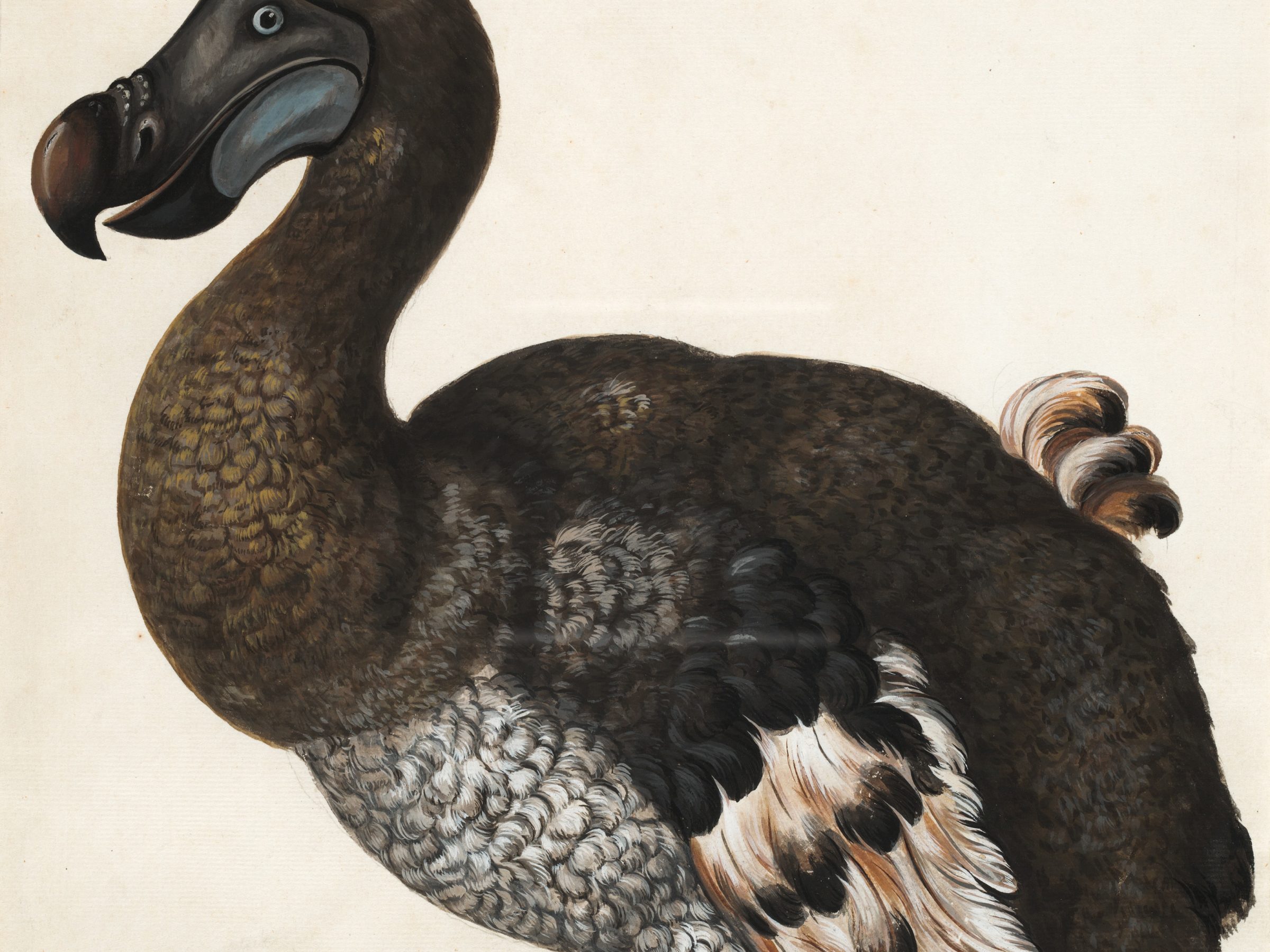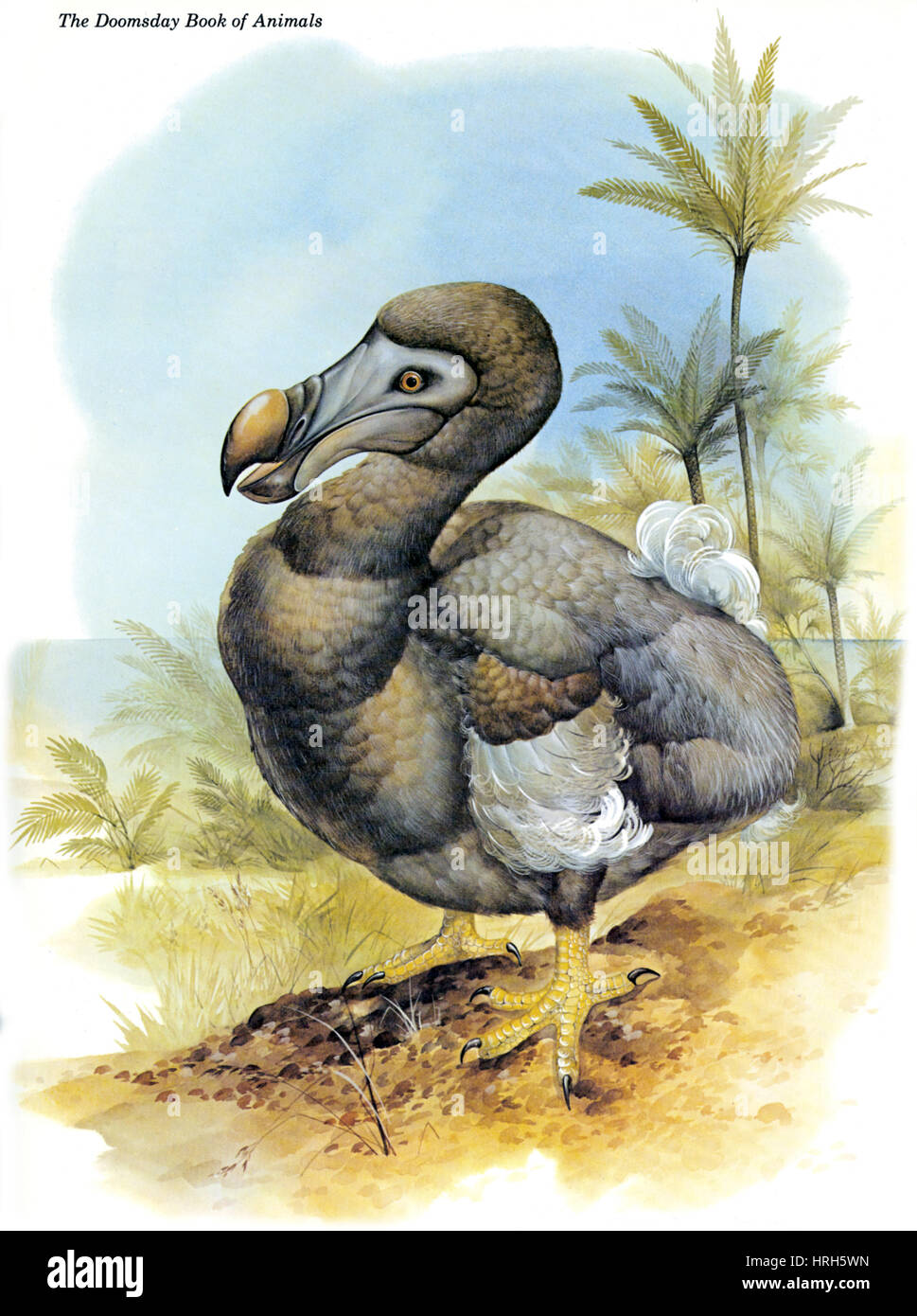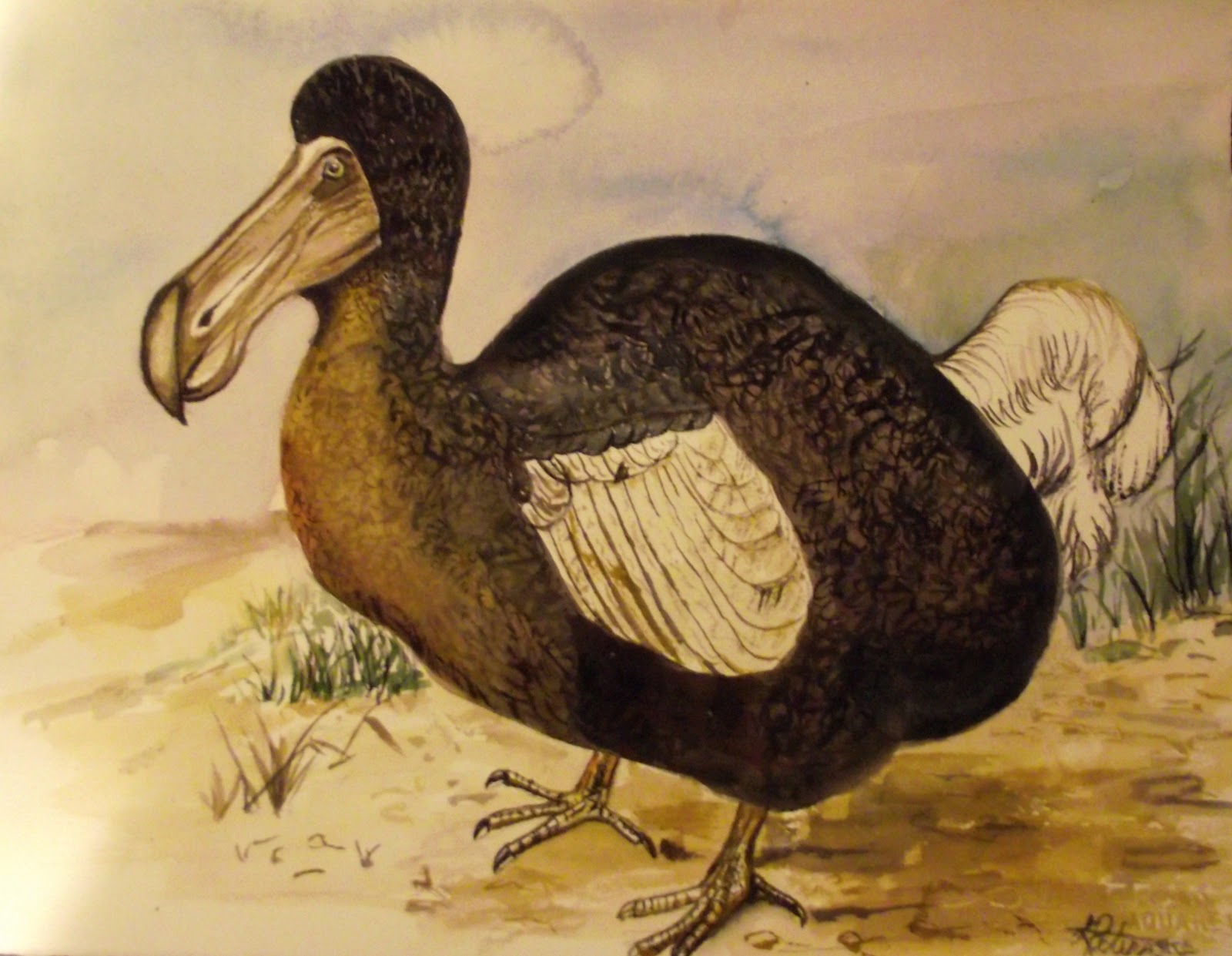
The pelvis was wider than that of the solitaire and other relatives, yet was comparable to the proportions in some smaller, flighted pigeons. The carpometacarpus of the dodo was more robust than that of the solitaire, however. The bones of the pectoral girdle, shoulder blades, and wing bones were reduced in size compared to those of flighted pigeon, and were more gracile compared to those of the Rodrigues solitaire, but none of the individual skeletal components had disappeared. The sternum was highly pneumatic, broad, and relatively thick in cross-section. The sternum was large, but small in relation to the body compared to those of much smaller pigeons that are able to fly.

On each side, it had six ribs, four of which articulated with the sternum through sternal ribs. The neck had well-developed areas for muscle and ligament attachment, probably to support the heavy skull and beak.
DODO BIRD EXTINCT FREE
The dodo had about nineteen presynsacral vertebrae (those of the neck and thorax, including three fused into a notarium), sixteen synsacral vertebrae (those of the lumbar region and sacrum), six free tail (caudal) vertebrae, and a pygostyle. The mandible was slightly curved, and each half had a single fenestra (opening), as in other pigeons. The sclerotic rings inside the eye were formed by eleven ossicles (small bones), similar to the amount in other pigeons. The eye sockets occupied much of the hind part of the skull. The cranium (excluding the beak) was wider than it was long, and the frontal bone formed a dome-shape, with the highest point above the hind part of the eye sockets. The openings of the bony nostrils were elongated along the length of the beak, and they contained no bony septum. The upper bill was nearly twice as long as the cranium, which was short compared to those of its closest pigeon relatives. The skull of the dodo differed much from those of other pigeons, especially in being more robust, the bill having a hooked tip, and in having a short cranium compared to the jaws. It has also been suggested that the weight depended on the season, and that individuals were fat during cool seasons, but less so during hot.

A 2016 study estimated the weight at 10.6 to 14.3 kg (23 to 32 lb), based on CT scans of composite skeletons. This has also been questioned, and there is still controversy over weight estimates. A 2011 estimate by Angst and colleagues gave an average weight as low as 10.2 kg (22 lb). Kitchener attributed a high contemporary weight estimate and the roundness of dodos depicted in Europe to these birds having been overfed in captivity weights in the wild were estimated to have been in the range of 10.6–17.5 kg (23–39 lb), and fattened birds could have weighed 21.7–27.8 kg (48–61 lb). Livezey proposed that males would have weighed 21 kilograms (46 lb) and females 17 kilograms (37 lb). Weight estimates have varied from study to study. The bird was sexually dimorphic males were larger and had proportionally longer beaks. Subfossil remains and remnants of the birds that were brought to Europe in the 17th century show that dodos were very large birds, up to 1 m (3 ft 3 in) tall. A study of the few remaining feathers on the Oxford specimen head showed that they were pennaceous rather than plumaceous (downy) and most similar to those of other pigeons.

The head was grey and naked, the beak green, black and yellow, and the legs were stout and yellowish, with black claws.

According to most representations, the dodo had greyish or brownish plumage, with lighter primary feathers and a tuft of curly light feathers high on its rear end. Illustrations and written accounts of encounters with the dodo between its discovery and its extinction (1598–1662) are the primary evidence for its external appearance. 1625 perhaps the most accurate depiction of a live dodoĪs no complete dodo specimens exist, its external appearance, such as plumage and colouration, is hard to determine. Dodo among Indian birds, by Ustad Mansur, c.


 0 kommentar(er)
0 kommentar(er)
